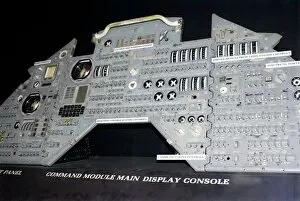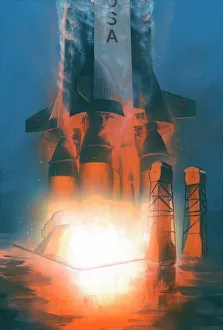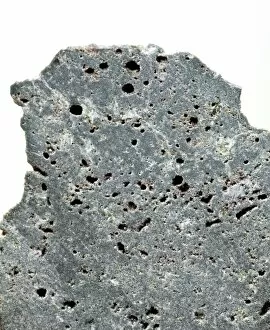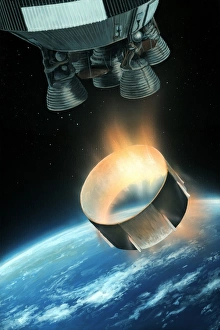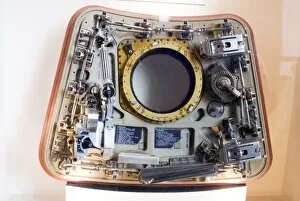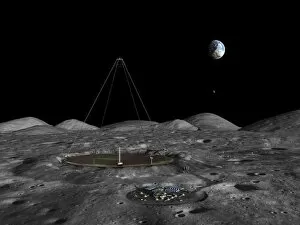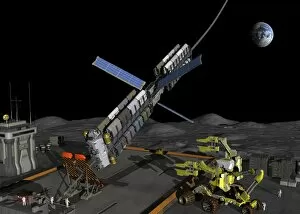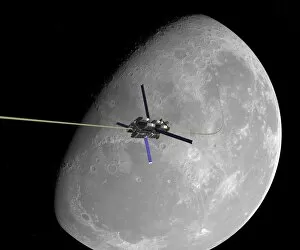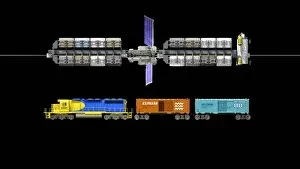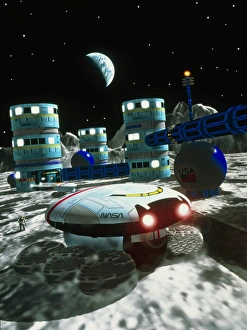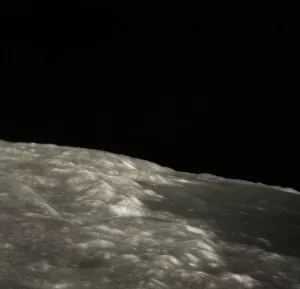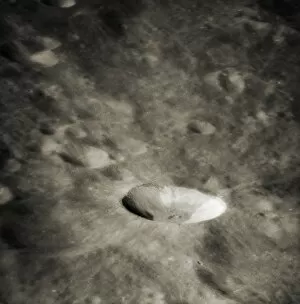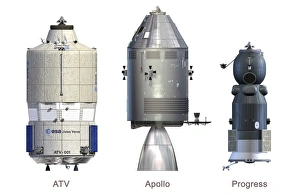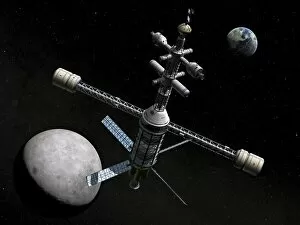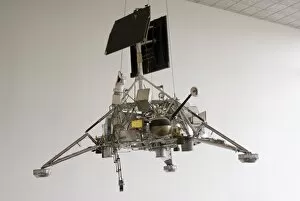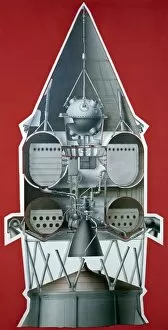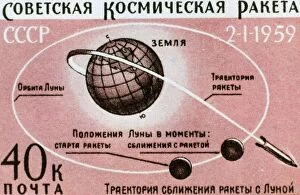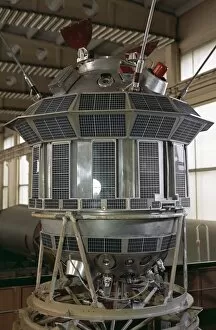Lunar Exploration Collection
"Lunar Exploration: Unveiling the Mysteries of Space" As we delve into the captivating world of lunar exploration
All Professionally Made to Order for Quick Shipping
"Lunar Exploration: Unveiling the Mysteries of Space" As we delve into the captivating world of lunar exploration, we are transported back in time to witness the awe-inspiring moments that shaped our understanding of space. The Apollo control panel stands as a testament to human ingenuity and determination, guiding us through the vastness of the cosmos. The Saturn V rocket launch artwork captures the sheer power and ambition behind these groundbreaking missions. It symbolizes humanity's relentless pursuit of knowledge and our unyielding desire to reach for the stars. Examining an Apollo 17 sample of lunar basalt, we marvel at its extraterrestrial origins. This tangible piece from another celestial body serves as a reminder that humans have indeed walked on the moon's surface, leaving their mark for future generations. The iconic Apollo astronaut moon boots evoke both nostalgia and admiration for those who ventured into uncharted territory. These sturdy yet graceful footwear allowed astronauts to explore lunar landscapes with precision and grace. Opening up the Apollo command module hatch reveals not only a gateway between worlds but also a glimpse into history. Behind this door lies stories of bravery, scientific breakthroughs, and countless hours spent exploring Earth's closest neighbor. Outside a regolith bin at NASA's Kennedy Space Center in Florida, engineers don protective garb as they make adjustments to a lightweight simulator version of NASA's Resource Prospector. Their dedication showcases how meticulous planning is crucial when venturing beyond our planet's boundaries. Witnessing a mobility test within a regolith bin further emphasizes NASA's commitment to innovation. A lightweight simulator version undergoes rigorous examination before embarking on its mission – paving new paths towards uncovering secrets hidden beneath lunar soil. In Cape Canaveral, Florida, we encounter the "gorilla cage, " securely holding multi-mission radioisotope thermoelectric generators (MMRTGs). These powerful devices provide vital energy sources during extended space explorations – ensuring mankind can continue pushing boundaries.

